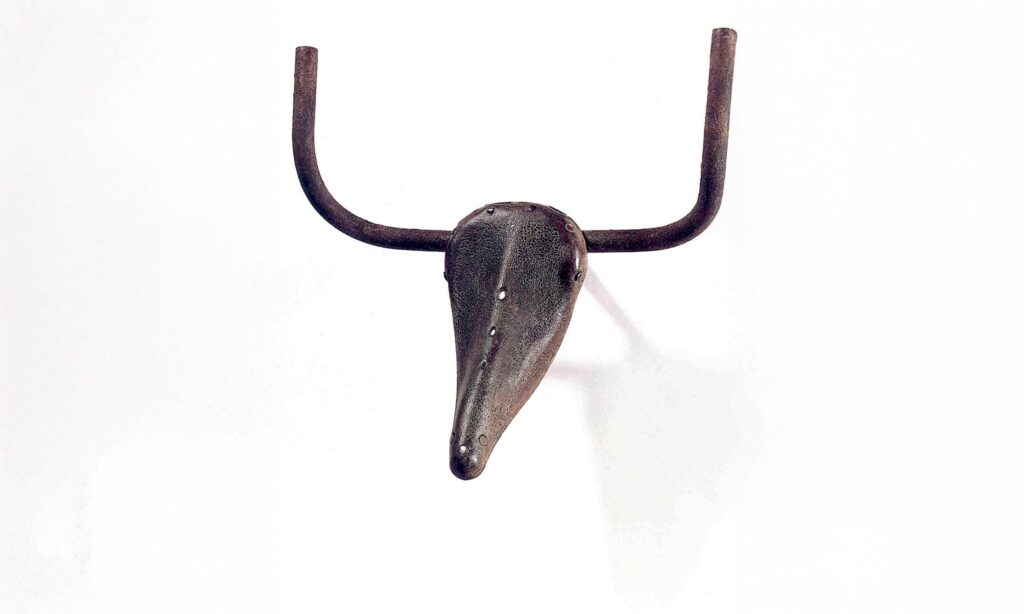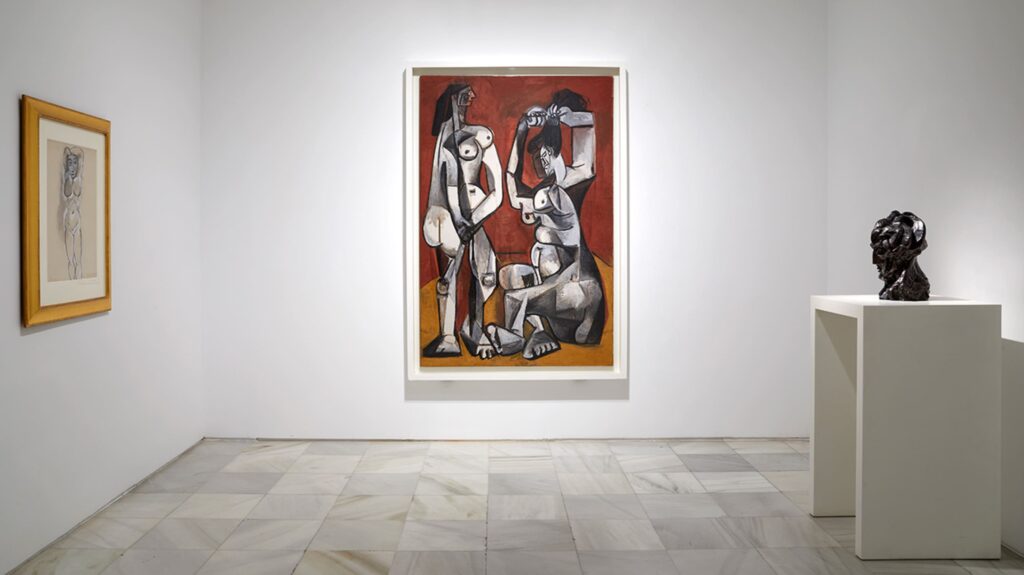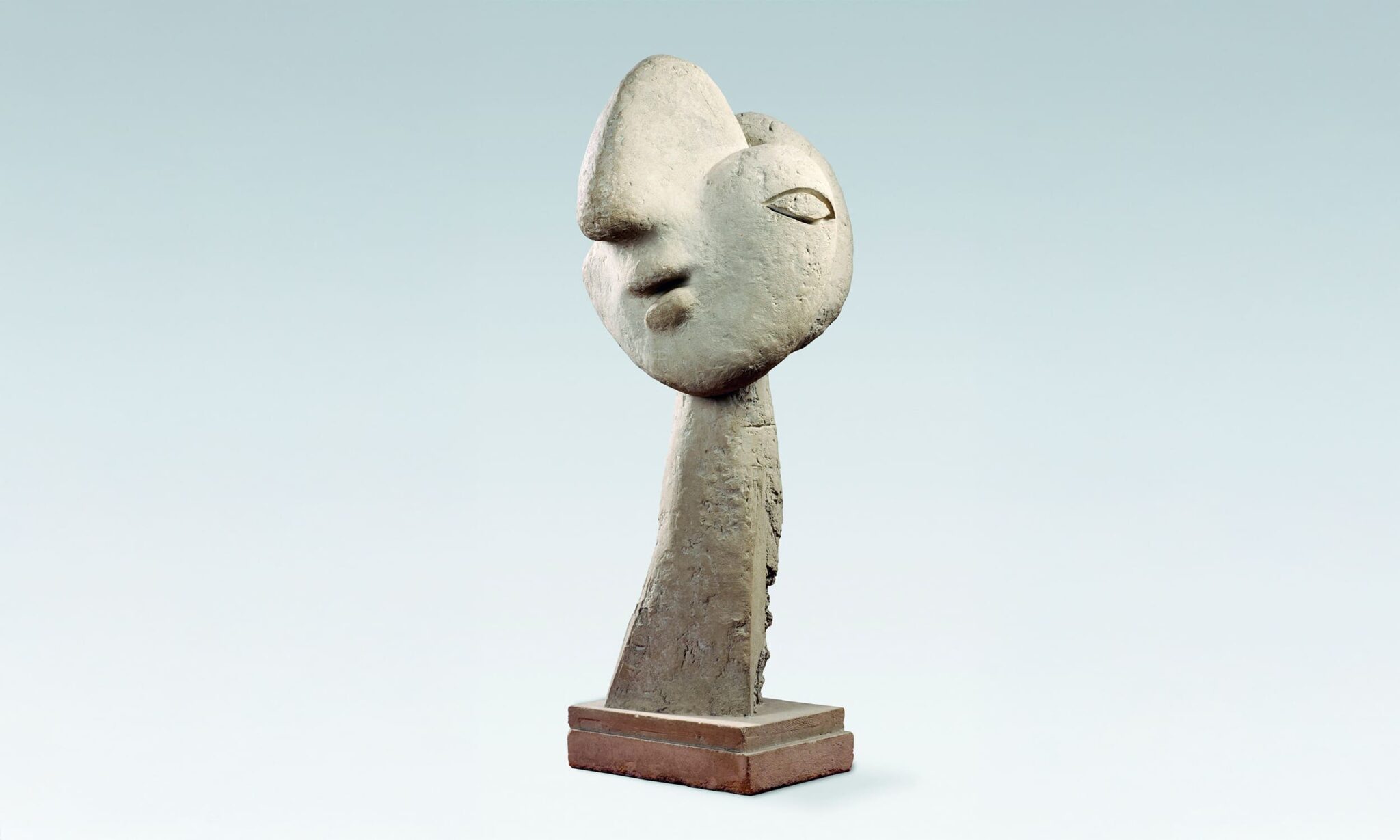When we think of Pablo Ruiz Picasso, the first things that come to mind are his paintings and Cubism. However, the Malaga-born artist was also an innovative sculptor who transformed the way volume was understood in 20th-century art. Picasso’s sculptural art is less well known than his paintings, but it represents a fundamental part of his output. With it, he brought his most radical ideas into three-dimensional space, creating contemporary works of art that blended tradition, experimentation, and boundless creativity.
Picasso the sculptor: a total artist
Picasso‘s interest in sculpture began at a very young age. Although he trained as a painter at the Royal Academy of Fine Arts of San Fernando, he soon explored materials that allowed him to go beyond the canvas. For him, sculpture was a field of freedom that allowed him to experiment with textures, shapes, and volumes that were impossible to achieve with painting alone. His sculptural work reflects the same restless spirit that marked his entire career.
Picasso did not understand boundaries between disciplines. He was capable of modeling three-dimensional figures, creating engravings and ceramics, and even painting monumental canvases such as Guernica. This was inspired by the tragedy of the Spanish Civil War and World War II. His desire to be a genius of modern art made him a 20th-century artist without limits.
Materials and techniques in Picasso’s sculptures
Traditional sculpture
In his early sculptural works, Picasso used traditional materials such as plaster, wood, and bronze. Picasso’s bronze sculptures demonstrate his mastery of classical techniques and, at the same time, his desire to reinterpret them from a personal perspective. He modeled busts and figures that combined realism and formal simplification, already anticipating his path to the forefront of 20th-century artistic movements.
Innovation with metals and assemblies
Starting in the 1920s and 1930s, Picasso revolutionized art with his sculptural innovation. He worked with iron, sheet metal, and industrial parts, developing what we now know as Picasso and assemblages. His welded iron sculptures broke with academic tradition and gave rise to a new way of creating. This period consolidated Picasso’s true three-dimensional collage, in which each element found new meaning when integrated into the work.
Everyday objects transformed into art
One of the most daring features was the relationship between Picasso and everyday objects. An iconic example is Picasso’s Bull’s Head, created with a bicycle saddle and handlebars. This work demonstrates how the ordinary could be transformed into a symbol, with a gesture full of ingenuity and humor.

Iconic sculptures by Picasso
Among Picasso’s sculptures, some pieces have achieved a central place in the history of modern art. One of these is Picasso’s Woman in the Garden (1930–32), made of welded iron. In this work, the artist managed to make a heavy material convey a surprising lightness, as if the female figure were sprouting from the ground with the naturalness of a plant growing toward the light.
Another fundamental creation is Picasso’s Guitar (1912–14), considered a milestone in Cubism transferred to three dimensions. Using simple sheets of metal, he broke with the traditional idea of solid sculpture. Instead of modeling a compact object, he constructed a set of open planes that suggested the form without needing to represent it literally.
Picasso’s aforementioned Bull’s Head (1942) is another masterful example. The artist demonstrated that a work of art could be born from a simple gesture: joining bicycle parts together to represent the animal that so obsessed him. Finally, Picasso’s Head of a Woman (1931–32), modeled in plaster and then cast in bronze, reflects his relationship with Marie-Thérèse Walter. This piece blends sensuality and geometry, striking a balance between the intimate and the experimental that encapsulates the spirit of his sculptures.
Picasso’s cubist sculpture
Cubism was not limited to the canvas. Picasso’s cubist sculpture was a true revolution in the way of understanding space and volume. With works such as Guitar in cardboard (1912) and later in sheet metal (1914), he made the void part of the work.
Inspired by African masks and the logic of collage, Picasso introduced real objects into his pieces. The best example is Picasso’s Absinthe Glass, a polychrome bronze accompanied by an authentic spoon. The everyday entered art without asking permission, uniting sign and matter in a single gesture.

The result was a light, experimental sculpture that compelled viewers to walk around it from different angles. In this way, he opened the door to contemporary sculpture and consolidated the idea that space and volume were as important as form in Picasso’s work.
The legacy of Picasso’s sculptures
Picasso’s sculptural legacy is unquestionable. His pieces opened new avenues for modern artists, who explored recycled, industrial and unconventional materials. His imprint is present in contemporary sculpture and Picasso continues to be a reference.
Currently, Picasso’s sculptures can be found internationally at MoMA in New York and the Musée Picasso in Paris. Domestically, however, Picasso’s sculptures can also be found at the Reina Sofía Museum in Madrid. In these spaces, alongside his most famous paintings, the value of a creator who understood sculpture as an essential part of his career is recognized.

Picasso’s art and sculpture continue to be featured in private collections and temporary exhibitions that attract thousands of visitors each year. From the 19th century, with his early academic works at the San Fernando Academy of Fine Arts, to his international acclaim, Picasso proved himself to be a universal artist. Even in his still lifes, or in his connection with figures such as Dora Maar, one can perceive his relentless search for new forms.
Picasso’s sculptures show the artist at his most daring and innovative. From the tradition of bronze to experimenting with everyday objects and assemblages, he paved a path that changed modern sculpture forever.
His three-dimensional work is inseparable from his painting, his blue period, his still lifes, and his entire career as a creator. Picasso not only transformed the canvas, he also revolutionized volume, space, and form. Born on October 25, he left a legacy that continues to shape the course of artistic movements and 20th-century art today.

